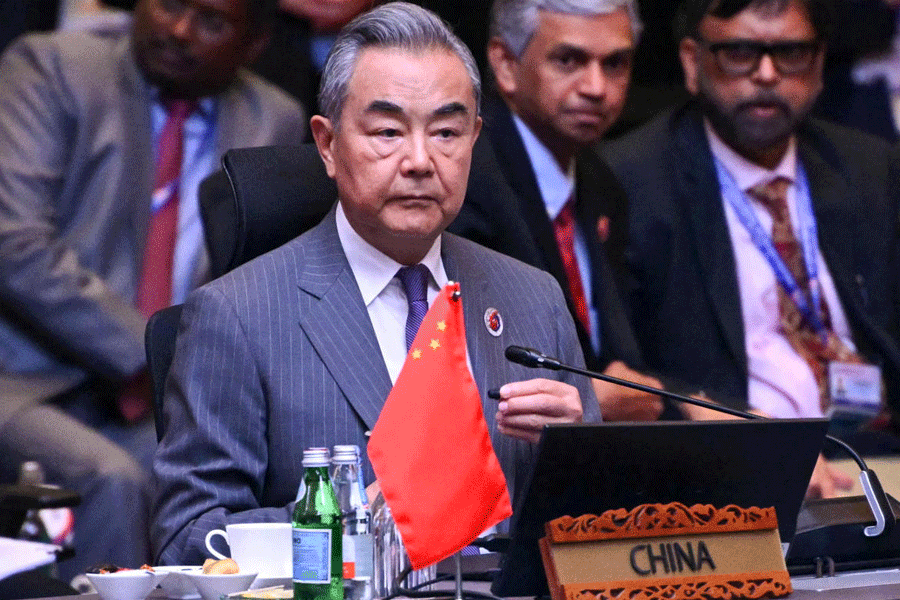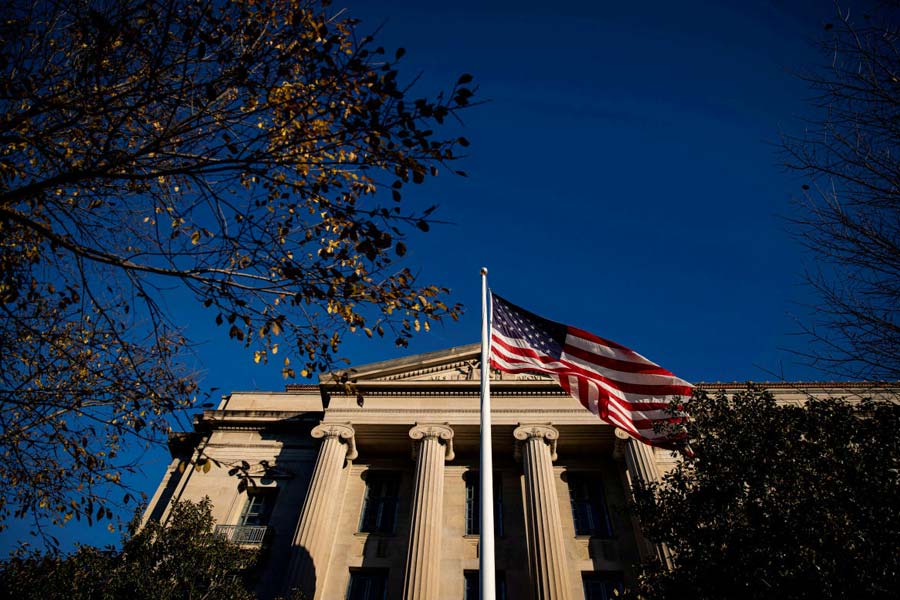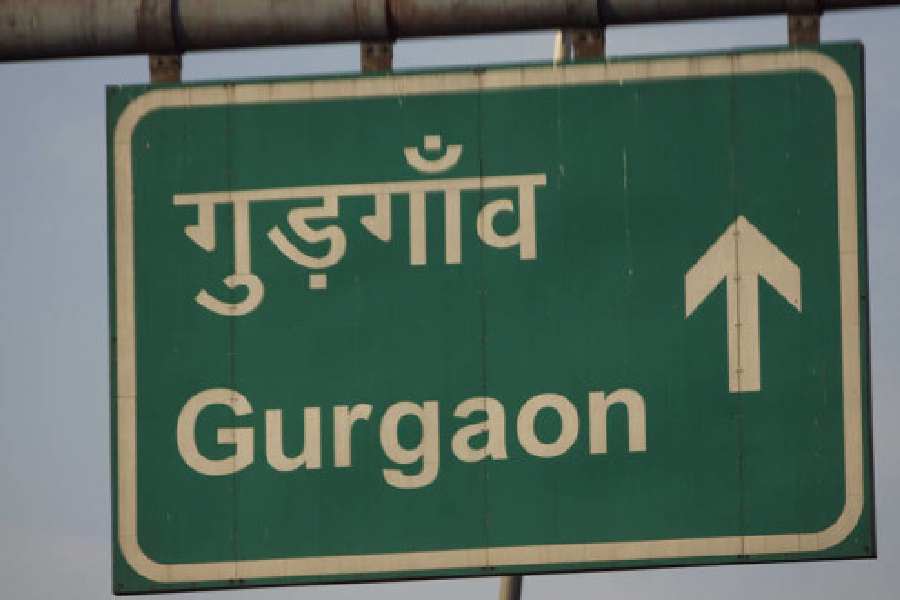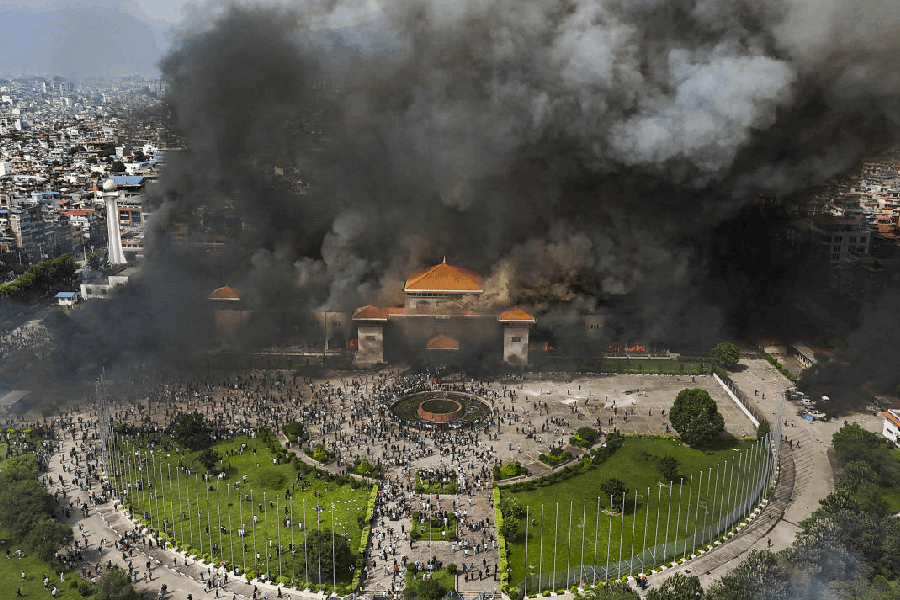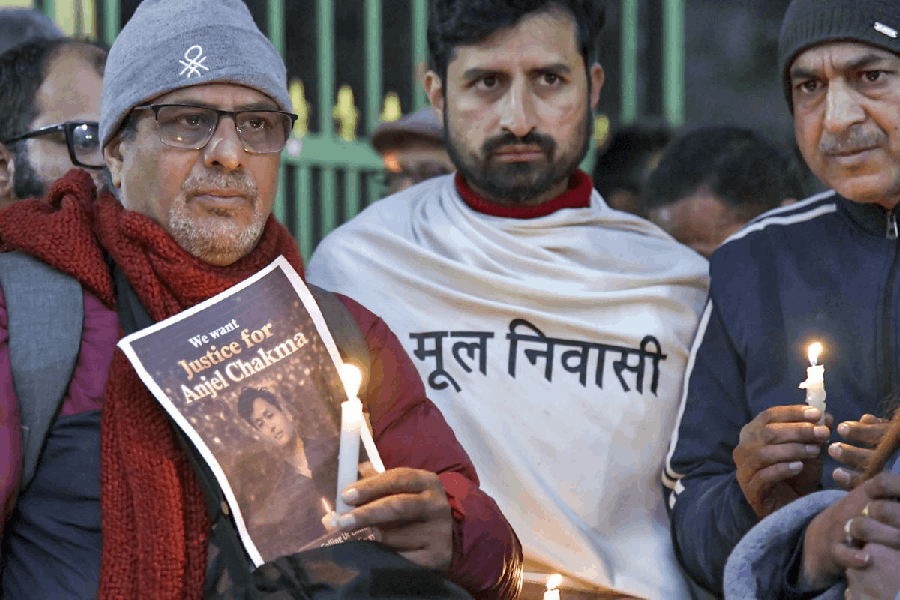New Delhi, July 15: Calcutta High Court has ordered the IITs to explain how they arrived at the cut-offs used in the 2006 joint entrance exam that do not match the cut-offs calculated by a formula the institutes claimed to have used.
The high court has also asked parents, who challenged the admission process used in 2006, to obtain expert verification on the mismatch in cut-offs that they have alleged.
A division bench on July 7 ordered that the IITs “prepare and submit a report regarding the working out of cut-off marks of chemistry”, effectively asking the institutes to prove their cut-offs.
As reported by The Telegraph on August 6, 2007, the IITs in 2006 employed subject cut-offs that did not match with the formula they claimed to have used to arrive at those figures. The mismatch in the chemistry marks was particularly startling.
Parents of aspirants had obtained the cut-off marks the IITs employed as well as the formula the institutes claimed to have used to arrive at these numbers using the Right to Information Act.
On simple statistical calculation, it emerged that the cut-offs thrown up by the formula provided by the IITs were significantly different from the cut-offs the IITs actually used, by their own admission.
The IITs used 48 in physics, 55 in chemistry and 37 in math as cut-offs. The formula they claimed to have used threw up negative cut-offs, with -8 for physics, - 6 for chemistry and -3 for math.
The revelation meant that the IITs — deliberately or unconsciously — effectively denied admission to 994 students who would have qualified had the institutes actually employed the formula they claimed to have used.
The Telegraph, at the time, had verified the mismatch in the cut-offs — itself, and through independent statistical experts.
The IITs twice changed the formula they said they had used in 2006.
After the initial formula provided under the RTI act, a second formula was presented to the Central Information Commission and then yet another version to Calcutta High Court.
But statistical calculations on the formulas subsequently provided showed that none of these tallied with the cut-offs used by the IITs.
The latest formula cited by the IITs before the high court showed the 2006 cut-offs as 4 for physics, 6 for chemistry and 7 for math.
Students appearing for the JEE are required to sign a statement saying that they will not challenge any decision of the Joint Admission Board of the IITs — the highest body in charge of the entrance tests. The formula for determining cut-offs is set by the board.
The IITs argued before the court that students, by signing the statement, had forfeited their right to challenge the cut-off determining procedure. The high court had, on this argument, earlier dismissed the petition of the parents.
The division bench hearing the review petition has, however, accepted the petitioners’ plea that they were not challenging the board’s decision. The petition did not challenge the formula set by the board for determining cut-offs but questioned the use of that formula in determining the correct cut-offs, the court said. “It is not the decision, but the decision-making process (that) has been challenged,” the order said.


